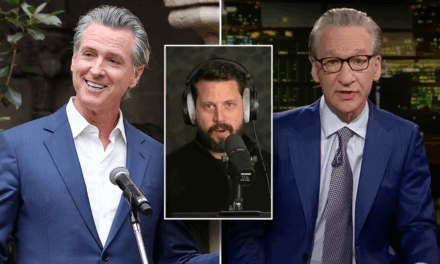It has been 96 days since Kamala Harris was announced as the Democratic vice presidential nominee, marking a significant moment in the 2020 U.S. Presidential race. Yet, during this period, she has not held a formal press conference. The decision to avoid a traditional press conference setting has sparked discussions regarding her media strategy and communication approach in one of the most critical election races in recent history.
Kamala Harris, the junior senator from California, was selected by then-presidential candidate Joe Biden to join his ticket on August 11, 2020. Her nomination was historic as she became the first Black woman and person of South Asian descent to be nominated for national office by a major party in the United States. Despite the historical significance, Harris’s choice to avoid formal press inquiries has left journalists and political analysts questioning the campaign’s tactics.
The role of the vice presidential candidate often involves rigorous scrutiny from the media and the public, a practice that helps inform citizens about the candidate’s policies, perspectives, and ability to respond under pressure. However, the Biden-Harris campaign instead appeared to prioritize other forms of communication. Harris has been visible through various interviews, virtual events, and campaign rallies. Her appearances have typically been in more controlled settings, where she engages directly with voters and stakeholders but with less opportunity for the kind of off-the-cuff questioning typical of a traditional press conference format.
Supporters argue that Harris’s engagements have been sufficient in communicating her platforms and the campaign’s message. They point to her engagements and the campaign’s focus on addressing pressing issues such as the COVID-19 pandemic, economic recovery, and social justice issues through direct community involvement rather than through the traditional media’s lens. The campaign’s approach reflects a broader trend of adapting to new lines of communication, possibly influenced by the ongoing pandemic, who altered traditional campaigning approaches and strategies significantly.
However, critics of the approach argue that avoiding formal press conferences limits transparency and accountability; they believe such platforms are crucial for voters to gain an in-depth and spontaneous understanding of a candidate’s policies and personal stance on matters of national importance. The absence of press conferences also restricts journalists’ ability to conduct direct questioning, which can often reveal unfiltered insights into a candidate’s true positions and decision-making processes.
As Harris continues her tenure as the Vice President, this media strategy may undergo changes or continuations based on various factors including public and media response, political pressure, and her evolving role within the Biden administration.
Moving forward, it will be critical to observe how this approach impacts her public perception and effectiveness in office. The decision to eschew traditional press conferences, for now, places a spotlight on the changing dynamics of political communication in the digital age, and how they influence voter engagement and information dissemination during pivotal election seasons.
































